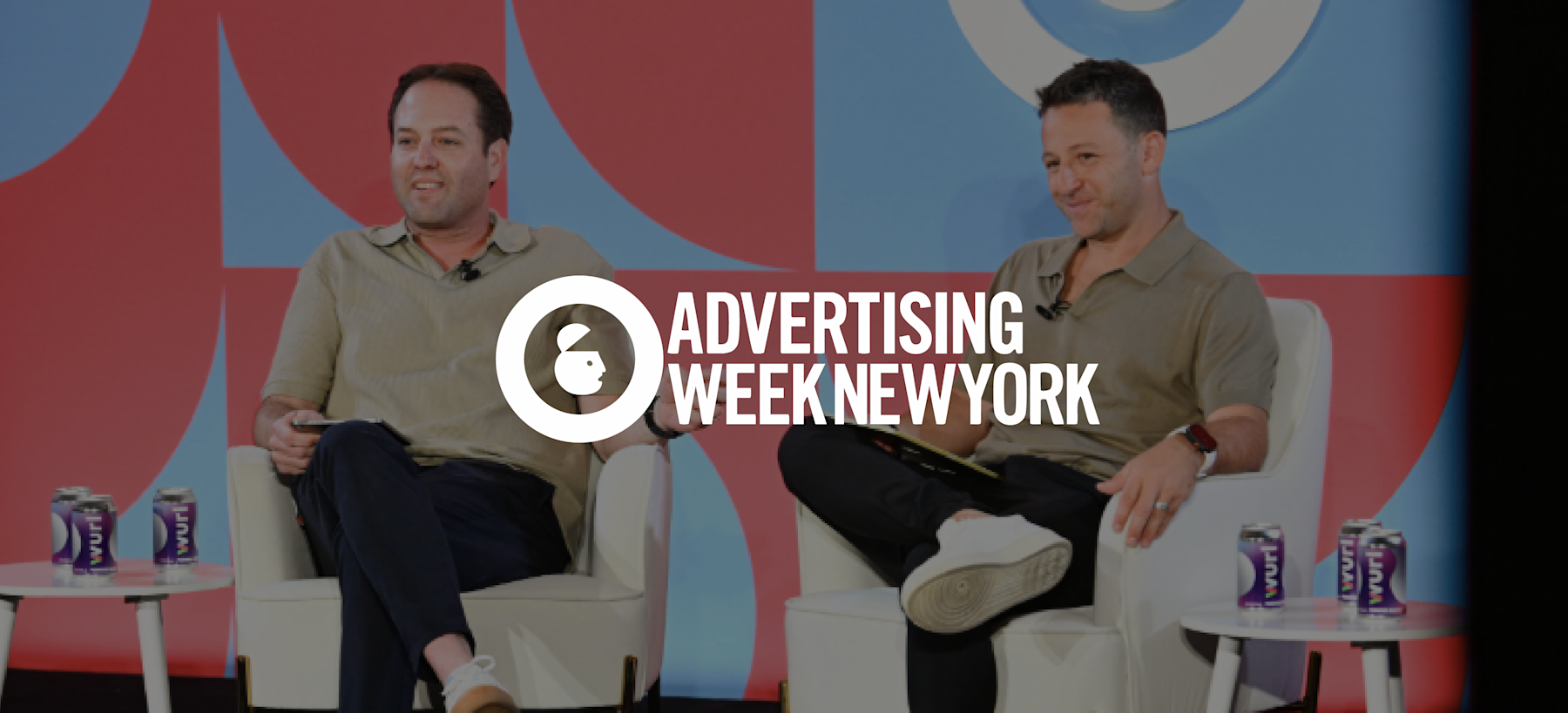
How Chime Scaled TV by Opting for Tech-First Experts Over Agencies
At Advertising Week, Tatari’s Chief Revenue Officer Andy Schonfeld sat down with Nick Fairbairn, Vice President of Growth Marketing at Chime, for a candid discussion about how one of fintech’s fastest-growing brands reinvented its growth strategy—and why TV became a pivotal part of that shift.
When Chime’s growth team looked back on its early years, the playbook was clear: digital performance channels had fueled the brand’s rise. But as growth slowed after the pandemic, the team knew it was time to rethink what came next.
“We were really good at paid social and search,” said Nick. “But the world changed. What worked before wasn’t working anymore.”
So they started asking a different question — not how to scale the same tactics, but where new growth could come from. The answer, unexpectedly, was TV.
Treating TV Like a Growth Channel
When Chime first experimented with television, it wasn’t a branding exercise — it was a data exercise. “We treated TV like a measurable channel first,” Nick explained. “We could literally see the spike in our Tatari dashboard when an ad aired, track it through to enrollment, and quantify its impact.”
That level of transparency reframed how Chime thought about television. TV wasn’t a mysterious, top-of-funnel expense anymore; it was an accountable part of the growth mix.
Quietly Building a Brand
While the team optimized its performance spend, they began carving out some of the efficiency gains to fund upper-funnel creative — without calling it a brand shift.
“We didn’t make a big announcement about investing in brand,” Nick said with a grin. “We just started doing it and showed the results.”
Over time, TV became the connective tissue between Chime’s marketing and its mission: helping everyday consumers build financial stability without hidden fees.
A Tech-First Approach to an Old-School Medium
Chime’s in-house team wanted control, speed, and visibility, things a traditional agency model couldn’t offer. Working with Tatari, they combined real-time measurement, transparent buying, and the relationships that still make premium TV work.
(For more on Chime’s approach, don’t miss our full case study.)
“It’s not about handing money to a middleman,” Nick said. “It’s about running TV the same way we run performance, with data, accountability, and purpose.”
Creative That Works as Hard as the Media
Chime’s creative strategy is tightly tied to its funnel. Brand spots like their Mark Jackson campaign elevate awareness, while testimonial ads highlight real members and drive enrollments. Both are measured for love scores, linkage, and conversion lift.
“Our testimonial ads perform like brand ads, and our brand ads drive performance,” Nick said. “When creative is intentional, it works across the funnel.”
Balancing the Portfolio
Today, Chime manages its media portfolio with surgical precision, linear, streaming, and digital all play different roles, each measured by the right metric. Tiered networks deliver reach and frequency, while streaming drives incremental audiences.
“It’s all one growth portfolio,” Nick said. “We just hold every piece accountable for the job it’s supposed to do.”
What’s Next
For Chime, the path forward is about marrying data, creativity, and relationships, and redefining how brand and performance coexist.
“Don’t treat TV as vanity spend,” Nick advised. “Treat it as a critical part of your growth strategy. Measure it, learn from it, and let it evolve with you.”
Watch the full conversation with Chime and Tatari to see how one of fintech’s fastest-growing brands turned television into a modern performance channel, and built a stronger brand in the process.

Amit Sharan
I run marketing at Tatari and have the world's cutest french bulldog.
Related
65 Advertisers Share How They’re Planning for Black Friday with Lessons for Brands to Win the Holidays
Discover how 65 brands plan to win Black Friday by boosting TV spend, blending linear and streaming, and turning holiday ads into measurable sales.
Read more
The MLB Postseason Delivered Grand Slam Results for TV Advertisers
Learn how smart planning turned the MLB postseason into a win for brands like Rocket Money, Gusto, Ariat, and more.
Read more
The Secret to How Saatva Quantifies Retail Sales from TV
How do you prove a TV ad led to someone walking into a store days later? Saatva teamed with Tatari to crack the code, and the answer upends how retailers think about attribution.
Read more


